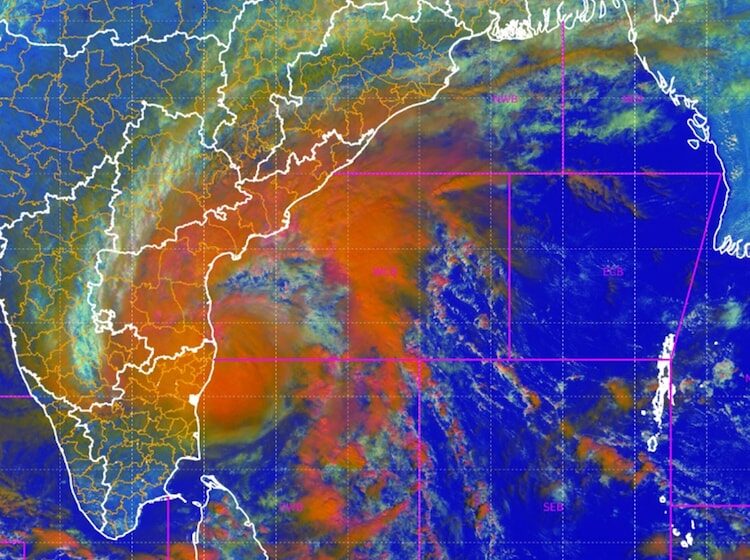Cyclone Michaung, a storm that unleashed its fury on the coastlines of Tamil Nadu, Andhra Pradesh, and Odisha, has left a trail of devastation in its wake. The storm, packing winds gusting up to 120 km/h, ripped through coastal villages, destroying homes, uprooting trees, and inundating streets. The death toll, unfortunately, stands at 20, a figure that continues to rise as rescue operations progress.
The coastal communities, often the backbone of the fishing industry in these regions, have borne the brunt of the cyclone’s wrath. Homes built for the sea breeze, not the storm’s rage, crumbled under the force of the winds and waves. Fishermen, whose lives are intimately tied to the sea, saw their boats tossed about like toys, their livelihood washed away by the surging tide. Agricultural lands, vital for sustaining these communities, have been submerged under seawater, raising questions about food security in the aftermath of the disaster.
The storm surge, a monstrous wall of water propelled by the cyclone, breached embankments and flooded low-lying areas. Villages that were once bustling with life are now submerged in a sea of debris and despair. Schools, hospitals, and other essential infrastructure have been severely damaged, leaving the affected population with limited access to basic necessities.
Amidst the devastation, stories of human resilience emerge. Emergency services are working tirelessly to rescue people trapped in the floodwaters and distribute relief supplies. Local communities are banding together, sharing resources and offering shelter to those who have lost their homes. The Indian government has announced relief measures and deployed additional personnel to assist in the rescue and rehabilitation efforts.
However, the road to recovery will be long and arduous. The coastal communities face the daunting task of rebuilding their lives and livelihoods. Homes need to be rebuilt, boats need to be replaced, and agricultural lands need to be restored. The trauma inflicted by the cyclone will take time to heal.
The destruction caused by Cyclone Michaung serves as a stark reminder of the vulnerability of coastal communities to natural disasters. It highlights the need for improved infrastructure, disaster preparedness, and comprehensive rehabilitation plans to ensure that these communities can withstand future storms and rebuild their lives with greater resilience. As the coastal communities begin the arduous task of rebuilding, the world must stand with them, offering support and solidarity. For it is only through collective action and unwavering support that these communities can rise from the ashes and rebuild a brighter future.

